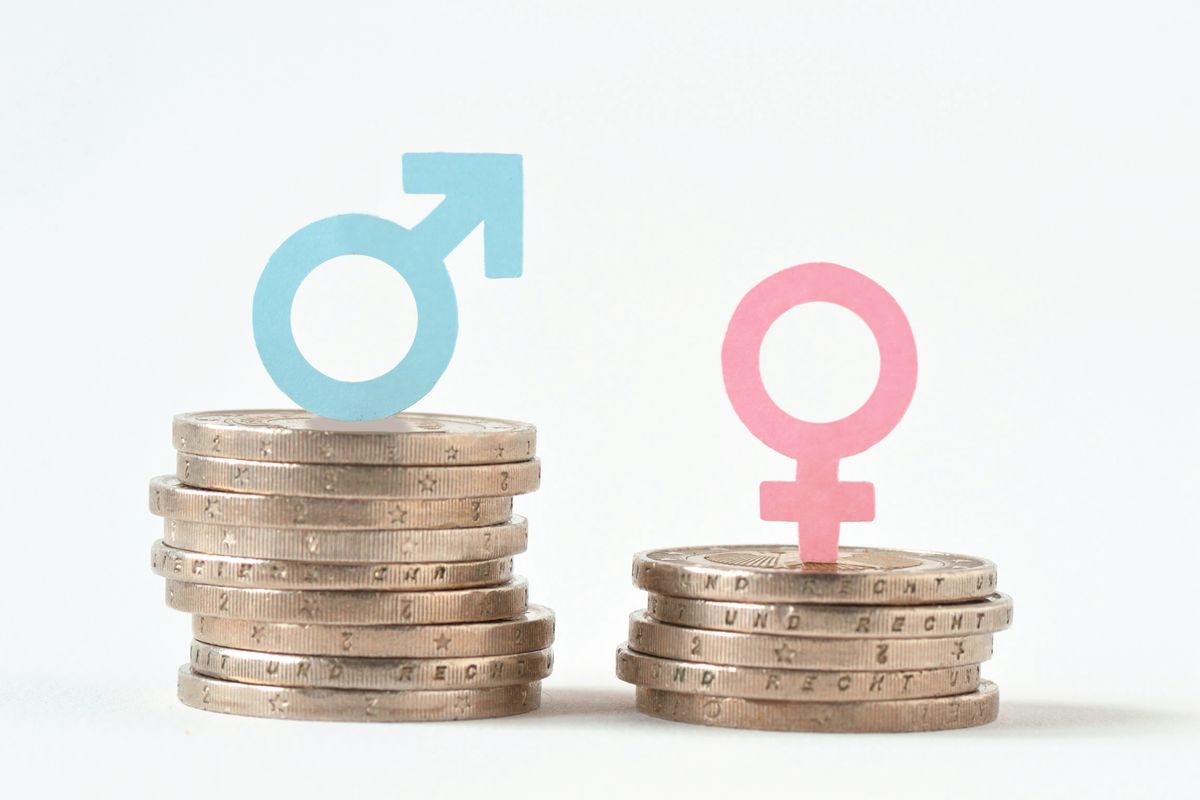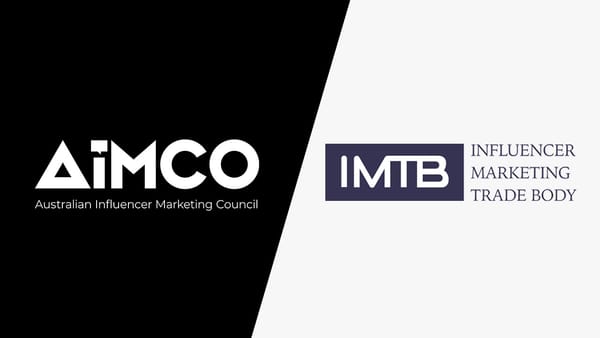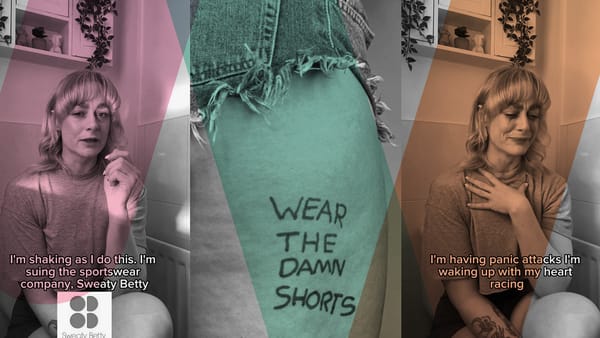According to the latest piece of research by , which surveyed more than 2,500 international influencers, influencers can earn on average between $41 to $3,138 for sponsored Instagram posts, $31 to $2,400 for sponsored Facebook posts, and $315 to $3,857 for sponsored YouTube videos. The lower end of the spectrum represents the nano influencers, which according to Klear have between 500 and 5,000 followers. Meanwhile, the higher figures represent the averages for celebrities with more than 500k followers.
Closing the Gender Pay Gap in Influencer Marketing

The crazy amount some top-tier influencers earn has been splashed in the headlines, yet, brands, content creators and agencies are still in the dark when it comes to working out how much to charge and pay for a campaign. Influencer rates are hard to navigate, especially as each influencer and campaign is so different.
According to the latest piece of research by , which surveyed more than 2,500 international influencers, influencers can earn on average between $41 to $3,138 for sponsored Instagram posts, $31 to $2,400 for sponsored Facebook posts, and $315 to $3,857 for sponsored YouTube videos. The lower end of the spectrum represents the nano influencers, which according to Klear have between 500 and 5,000 followers. Meanwhile, the higher figures represent the averages for celebrities with more than 500k followers.Women make up the influencer community
The report found that the influencer community is dominated by women, who make up 77% of the total number of influencers across all industries. Across all social channels, women charge an average of $351 while men charge $459. However, when it comes to specific platforms, YouTube has the highest pay gap between male and female influencers (6% greater than Instagram). YouTube is also the most expensive platform for influencer marketing. It is important to consider the amount of time and effort that goes into creating content, which can vary from platform to platform. For example, a YouTube video could take more time to create than perhaps a couple of Instagram posts do. “What we are seeing here is not an isolated issue relating to influencer marketing. Gender pay gaps exist across almost every industry. In the US, women earn 77 cents to every dollar a man earns. However, pricing in the influencer world is highly dependent on negotiations, and many studies have indicated that as a practice, negotiation favors men, which could be one reason for the pay gap,” said Guy Avigdor, COO and co-founder of Klear.When it comes to the gender pay gap by industry, the only category where women influencers earn more than men is in travel, which has the highest male representation but women earn $615 per post on average compared to the $570 per post earned by male travel influencers. However, female influencers make up for 88% of the lifestyle industry yet men earn on average, $200 more per post.
According to the latest piece of research by , which surveyed more than 2,500 international influencers, influencers can earn on average between $41 to $3,138 for sponsored Instagram posts, $31 to $2,400 for sponsored Facebook posts, and $315 to $3,857 for sponsored YouTube videos. The lower end of the spectrum represents the nano influencers, which according to Klear have between 500 and 5,000 followers. Meanwhile, the higher figures represent the averages for celebrities with more than 500k followers.







